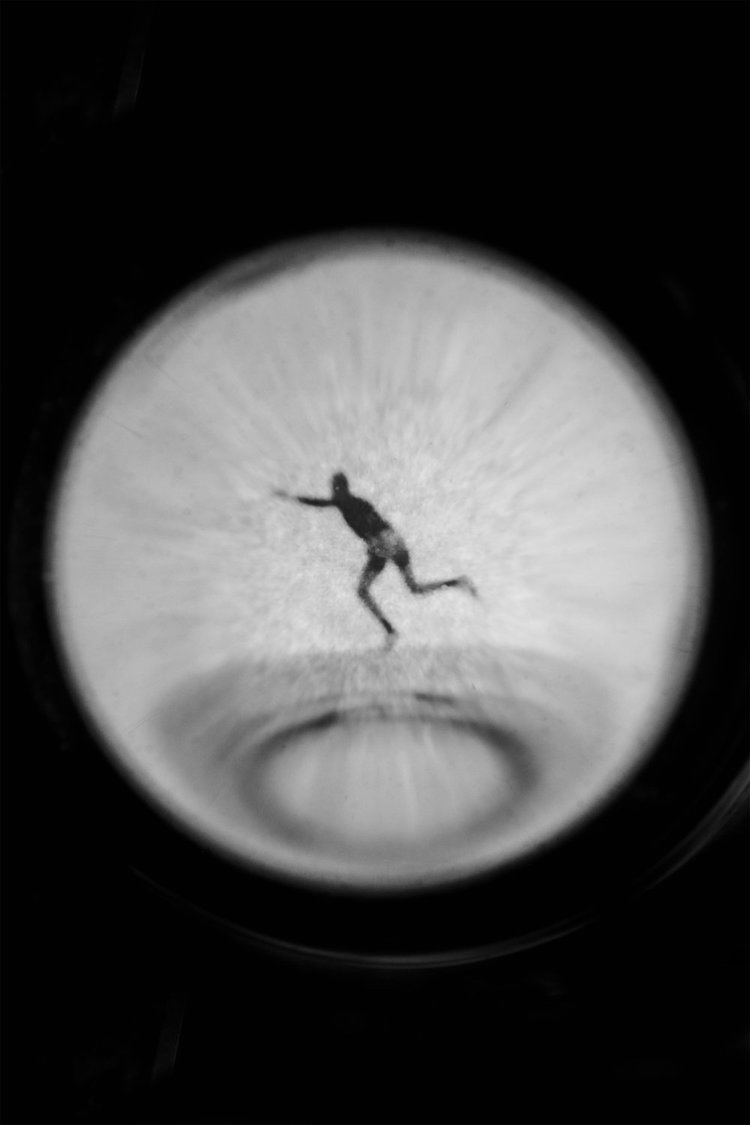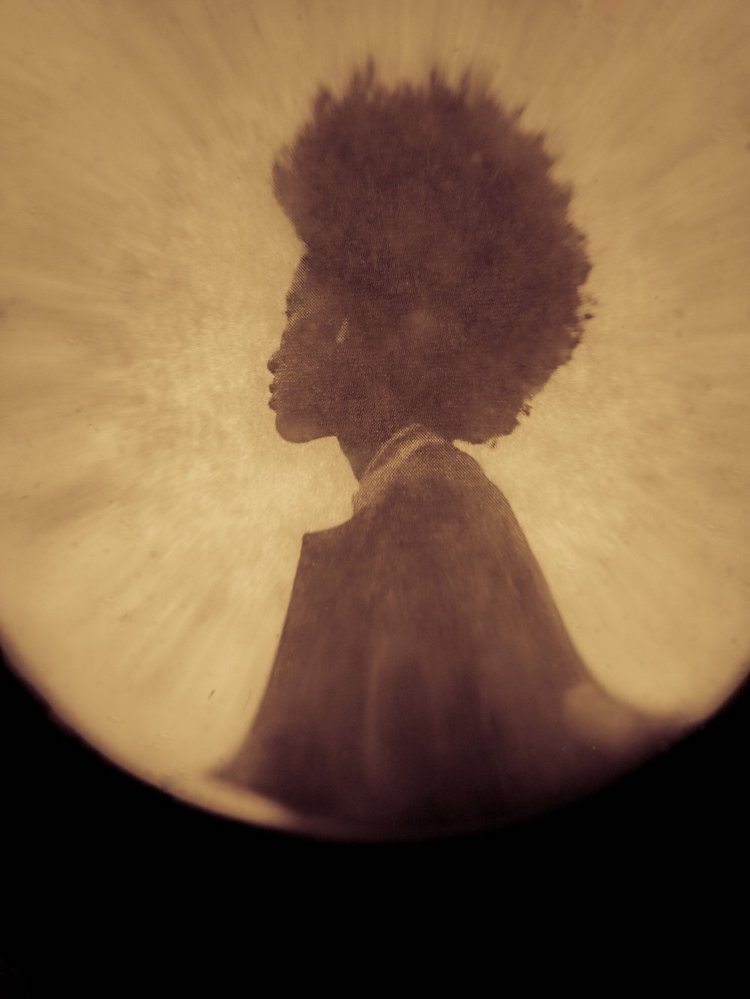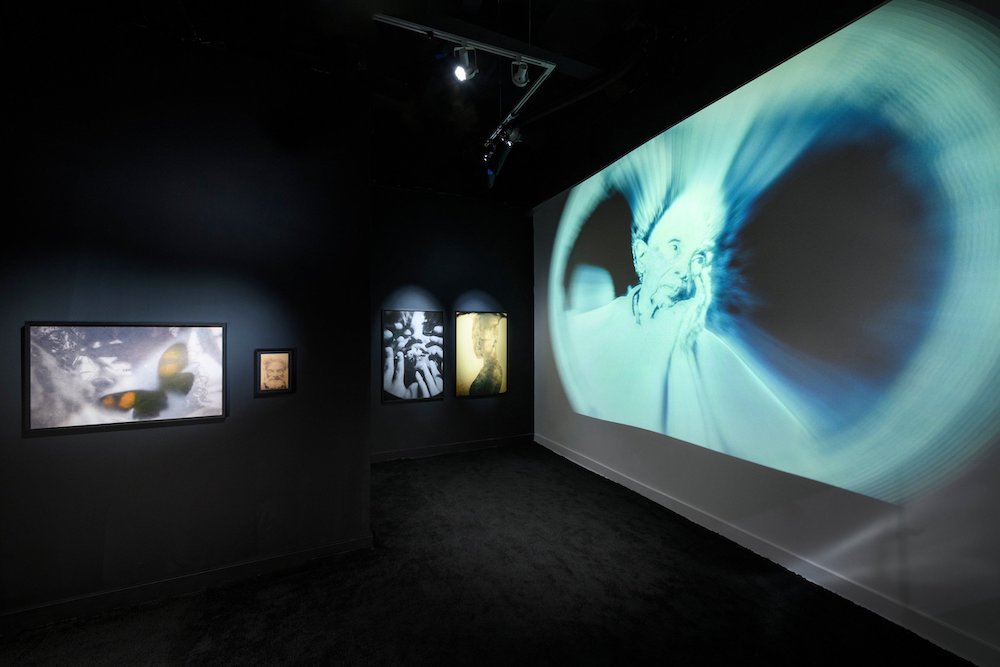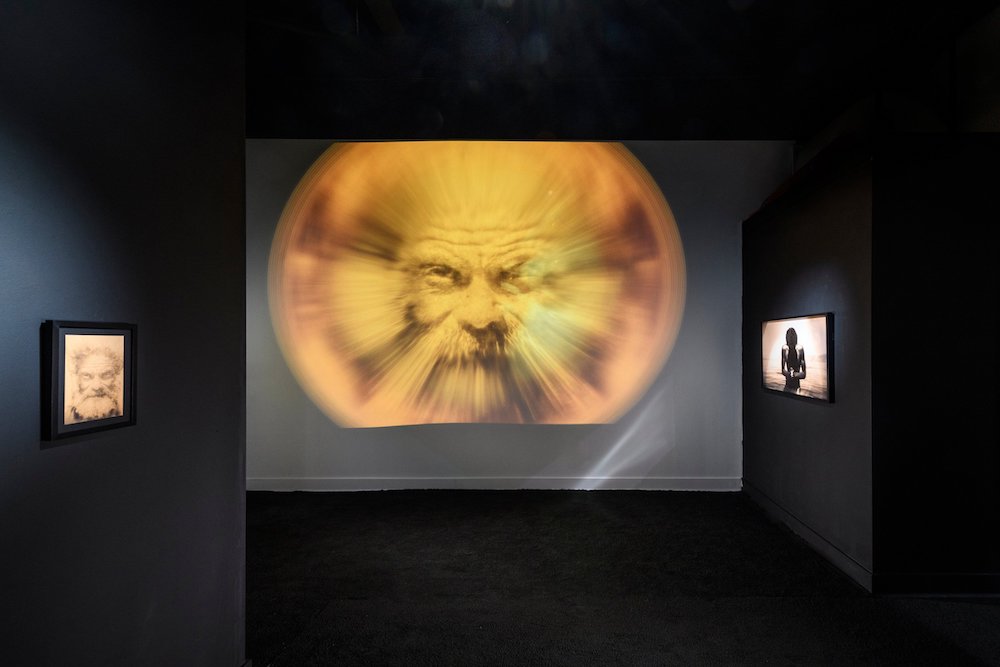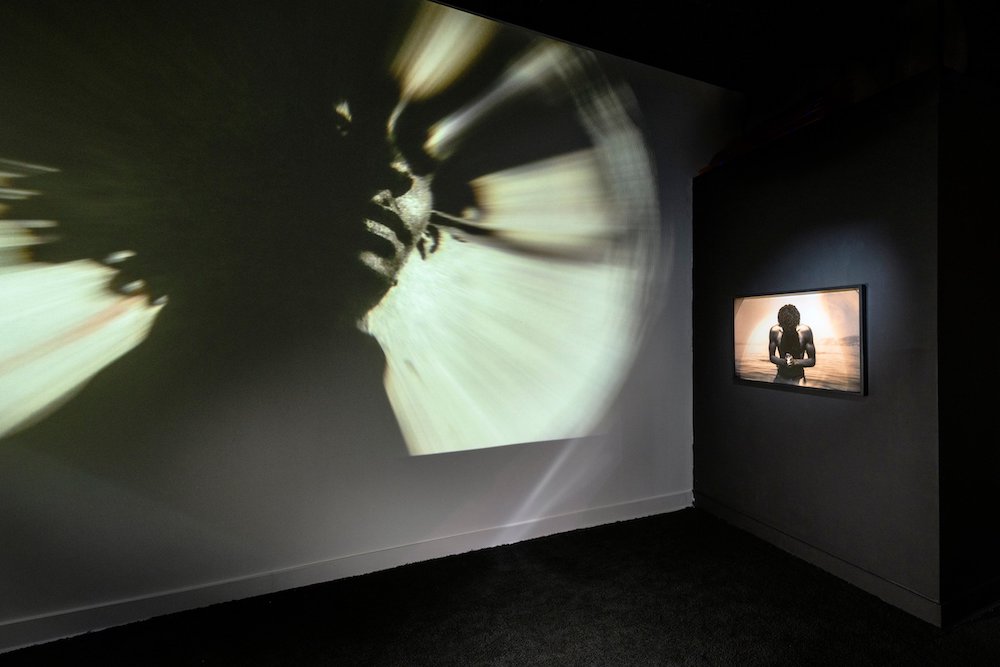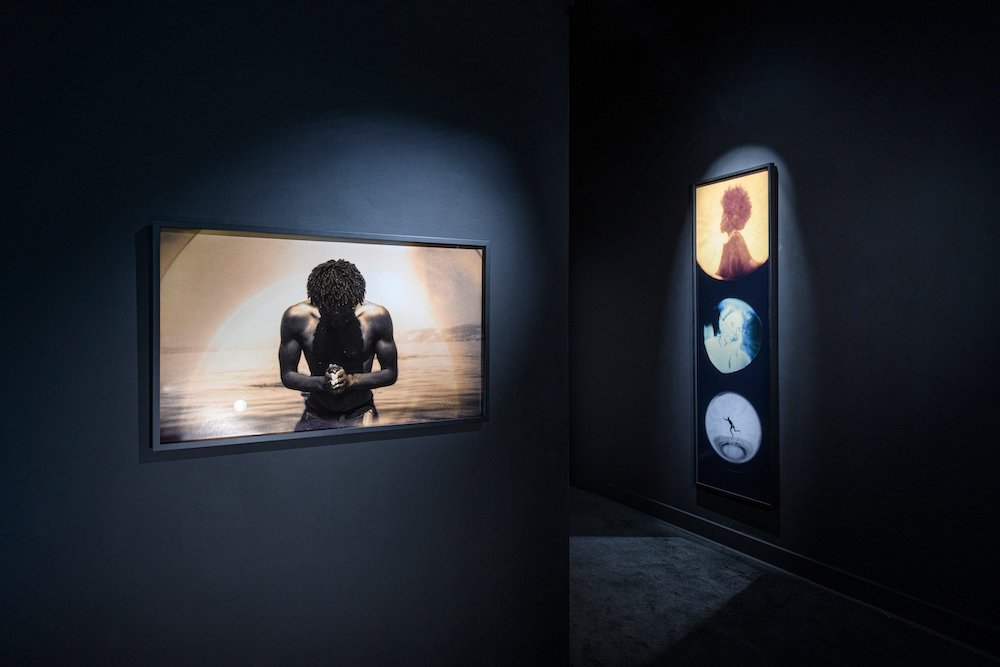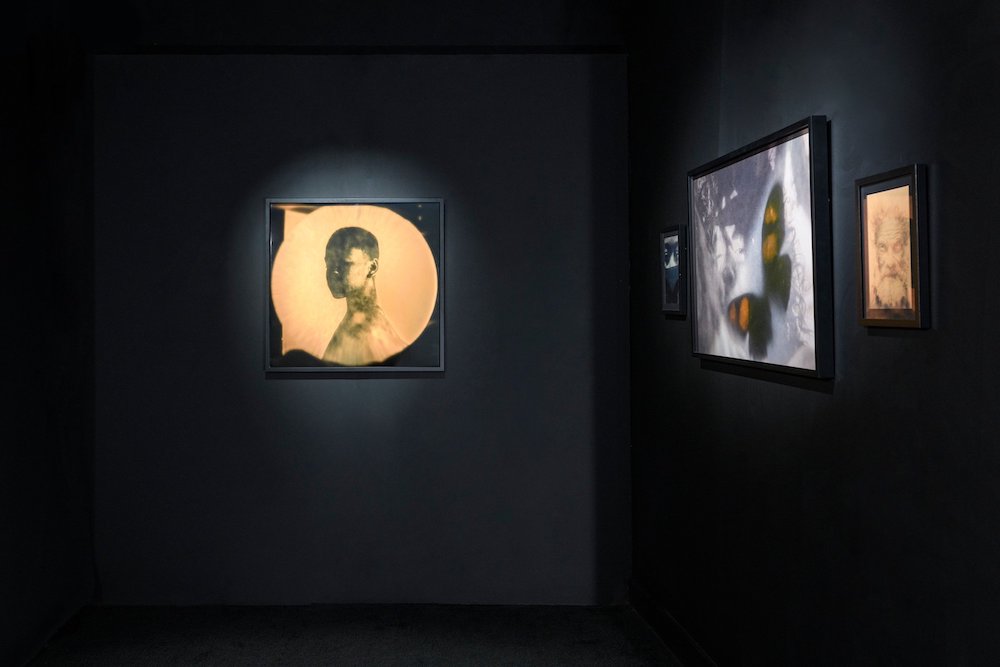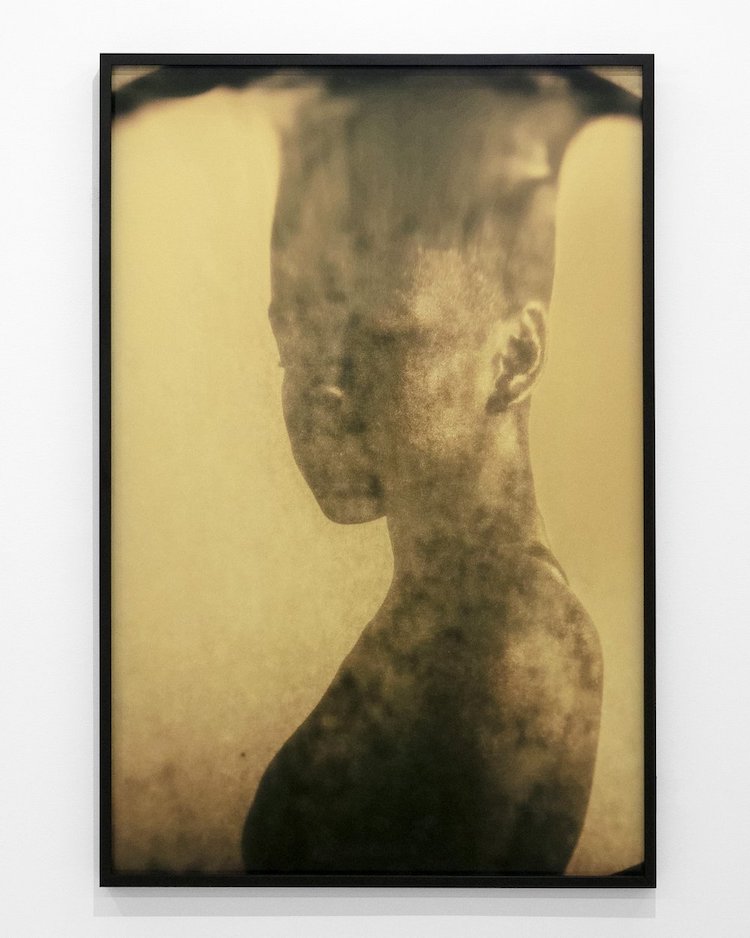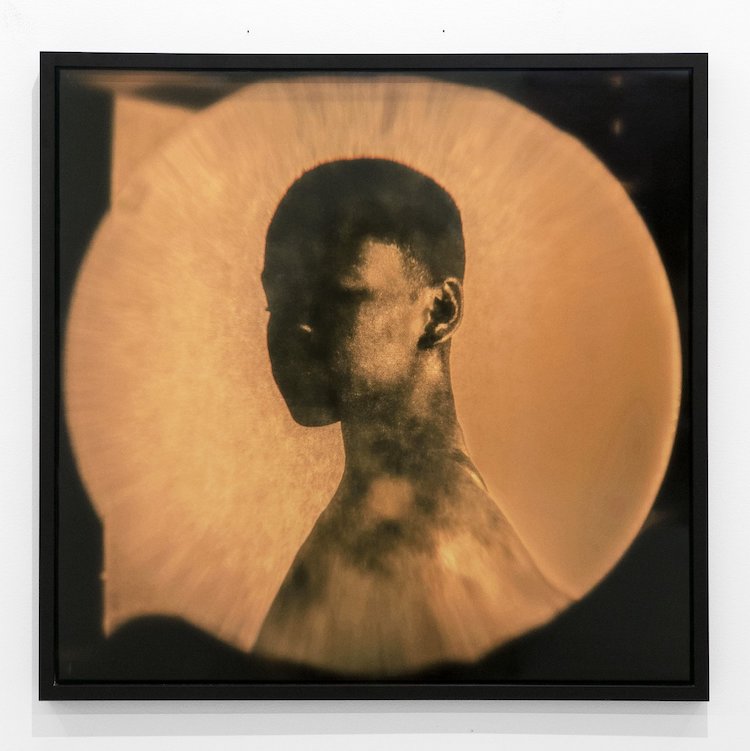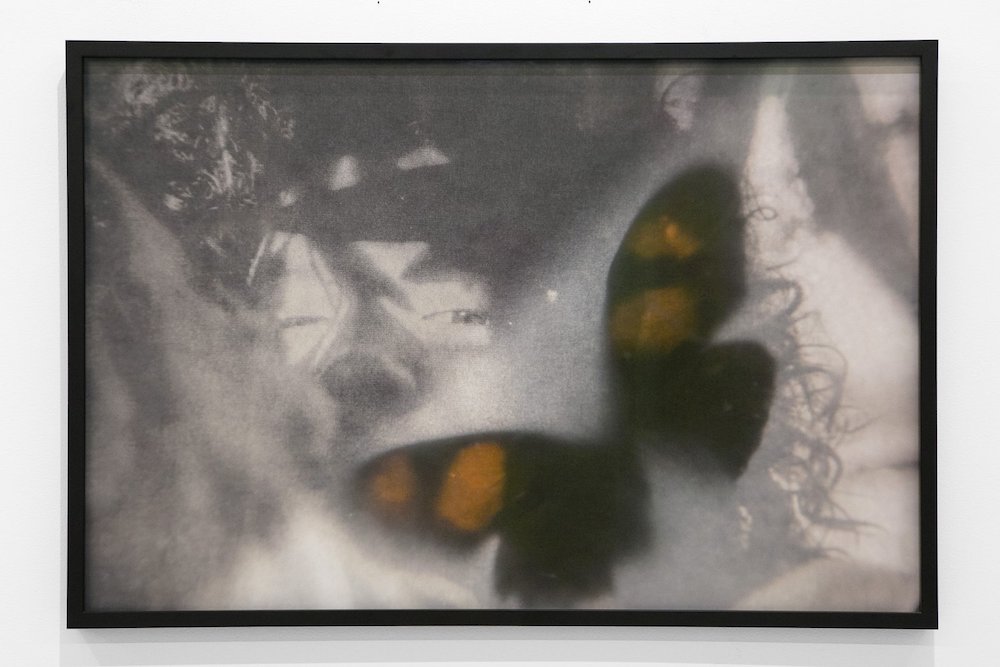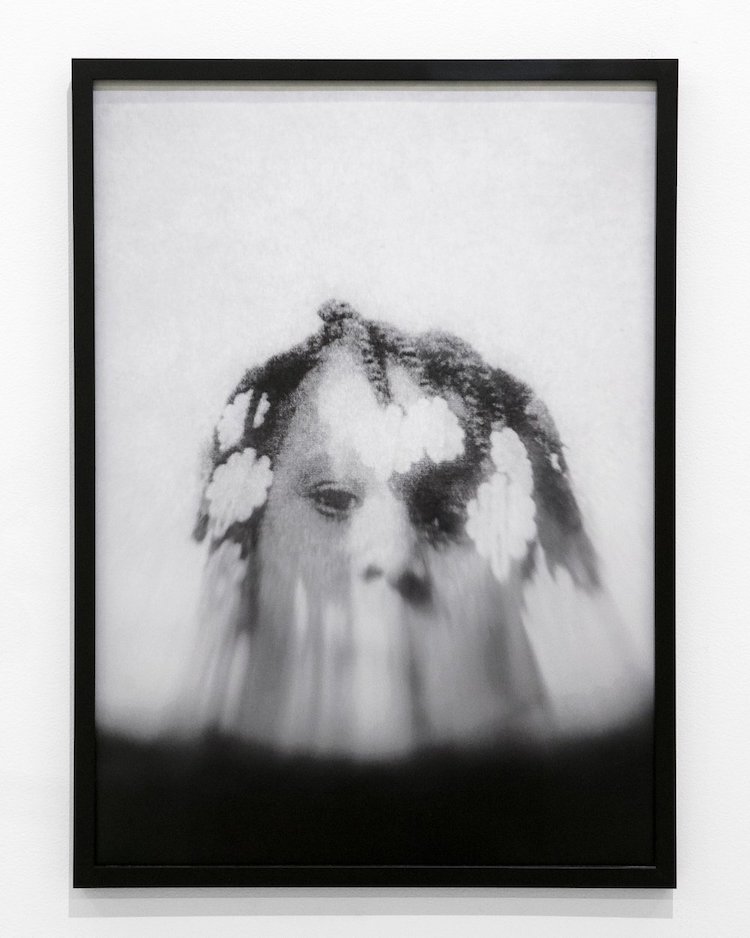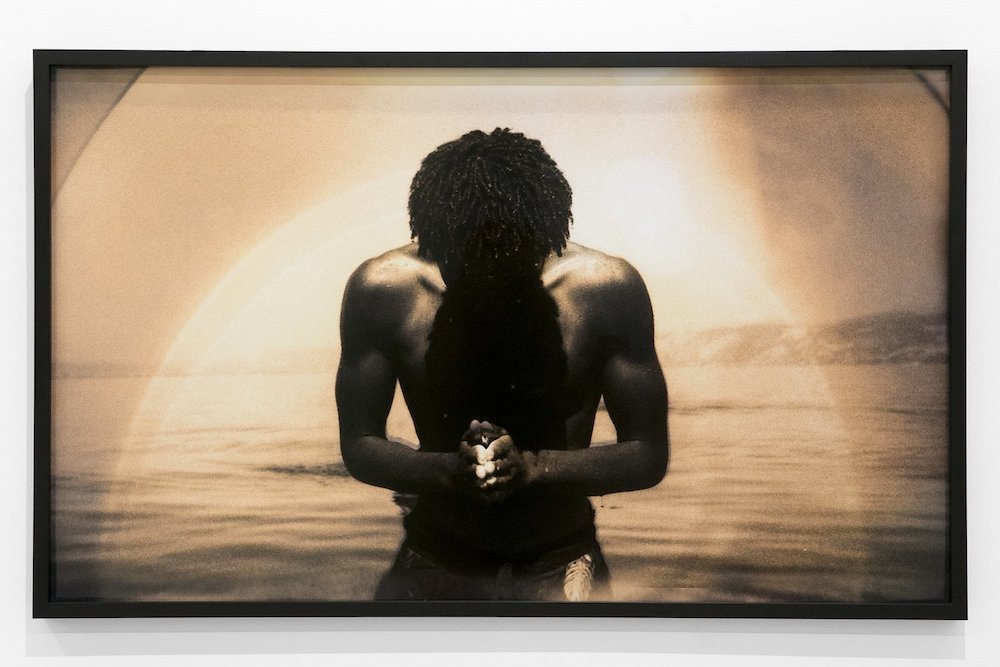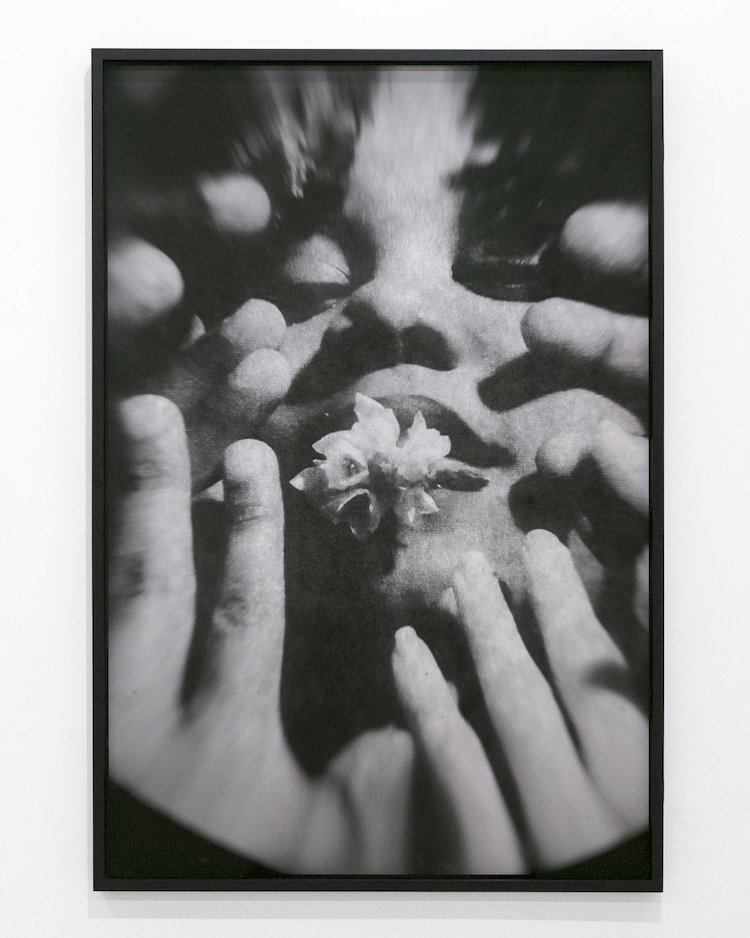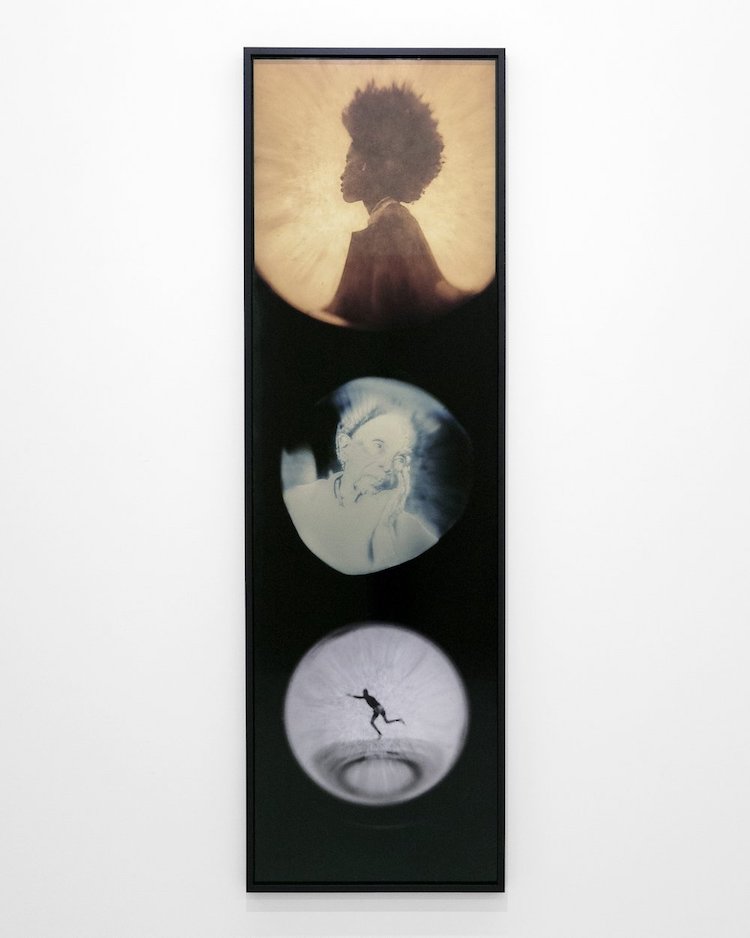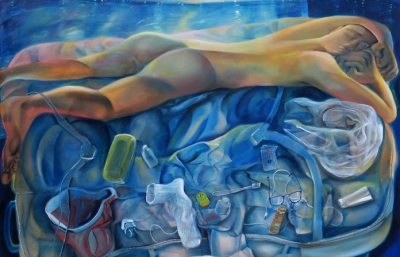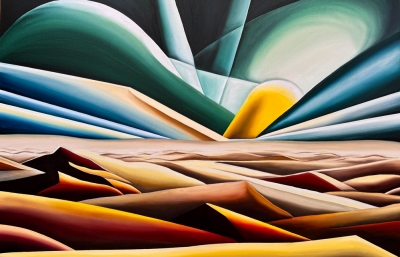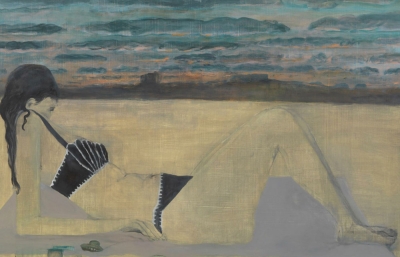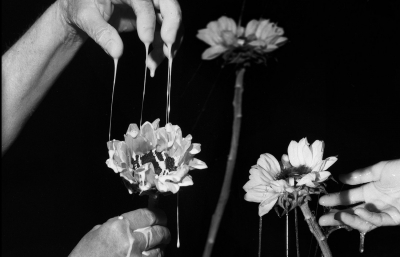pt. 2 Gallery is pleased to present Clay, a solo exhibition of new work by Cinque Mubarak. In his first solo exhibition with the gallery, Mubarak presents a new body of photography that connects history, an alternate flow of time, and the importance of resilience and self-love. With stoicism recorded across their faces, the subjects in Clay portray the resilience and embrace of change embedded in black-consciousness.
“A project ultimately centered around a surreal expression of self-love, change, and resilience. A rewriting of time and an exploration into the dimension where self-love lies within the web of Black consciousness.”
Mubarak’s Clay series follows an understanding of his history in America. Upon learning the specifics of his family’s history on plantations - his maternal side house slaves on the Magnolia plantation, his father’s in the field on the Newsom plantation - Mubarak sought to understand the implication on his family dynamic. He asks:
“Did my parents style of communication stem from their positions in slavery days? Does that affect me and the way I view the world or communicate with the world?”
As if peering at the viewer from an unimaginable distance, the subjects in Mubarak’s Clay series don’t shy away from their growth. Awash in nebulous worlds of grey, yellow, orange and black, they confront their state head on. Each work, developed in a unique process of re-creation and reinterpretation, is nostalgic yet foreign, as if alluding to a moment embedded more in the soul than in time. In that, his subjects are alone, left to change according to their own path.
“The journey to self-love often happens in silence.”
The butterfly flutters across multiple photographs, emblematic of not just change but of growth. After a period of isolation and reflection, what was once a caterpillar emerges a beautiful display of wings, color and pattern. So too do the subjects of Clay. Woven in cocoons of resilience, self-love and empowerment, they reenter the world anew. In the photograph Avina, a figure is depicted in profile amongst an yellow-tinted background, its head seemingly stretched upwards. Despite its direct gaze, the subject’s face is obfuscated in shadow, its visage and emotions difficult to read. Mubarak explains Avina’s self-evolution:
“Like clay, souls and brown bodies shift, change, and decompose with time, soon to be molded into another work of art. Never stagnant, forever evolving, Avina fades into hopefully a deeper understanding of self. Or maybe something else entirely.”



